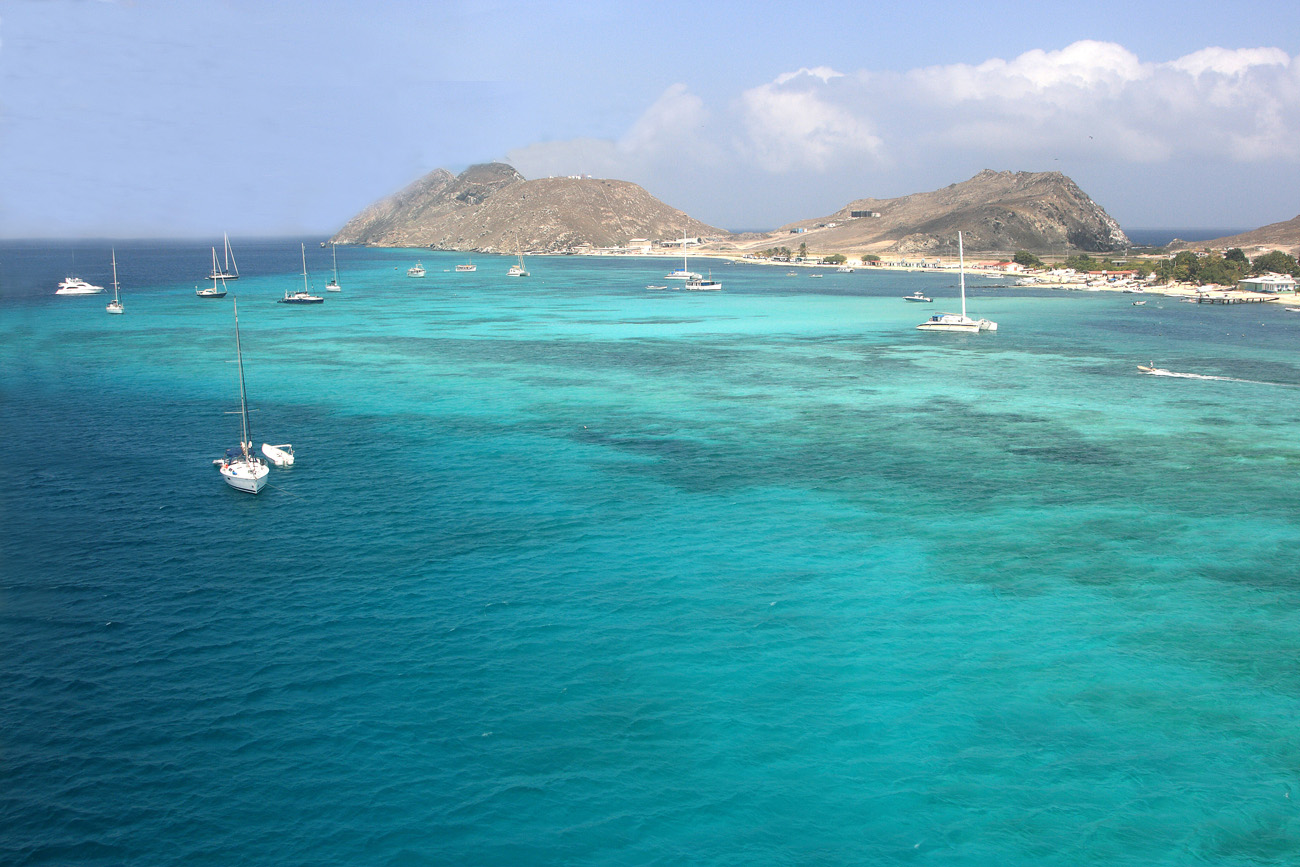
Los Roques Archipelago
The Los Roques Archipelago[2][3] (Spanish: Archipiélago de Los Roques)[4][5] is a federal dependency of Venezuela consisting of approximately 350 islands, cays, and islets in a total area of 40.61 square kilometers. The archipelago is located 128 kilometers (80 mi) directly north of the port of La Guaira, in the Caribbean Sea.
For the reef in The Bahamas, see Los Roques (Cay Sal Bank).
Native name: Dependencia Federal Archipiélago Los RoquesNickname: Los Roques
350
40.61 km2 (15.68 sq mi)
120 m (390 ft)
Cerro El Cabezón
Gran Roque
3,100 (2014)
44.32/km2 (114.79/sq mi)
Parque Nacional Archipiélago Los Roques
4 September 1996
856[1]
The islands' pristine coral reef attracts many wealthy visitors, especially from Europe, some of whom come in their own yachts and anchor in the inner, protected shallow waters. Development and tourism are controlled.
Because of the wide variety of seabirds and rich aquatic life, the Venezuelan government declared Los Roques a National Park in 1972.[6]